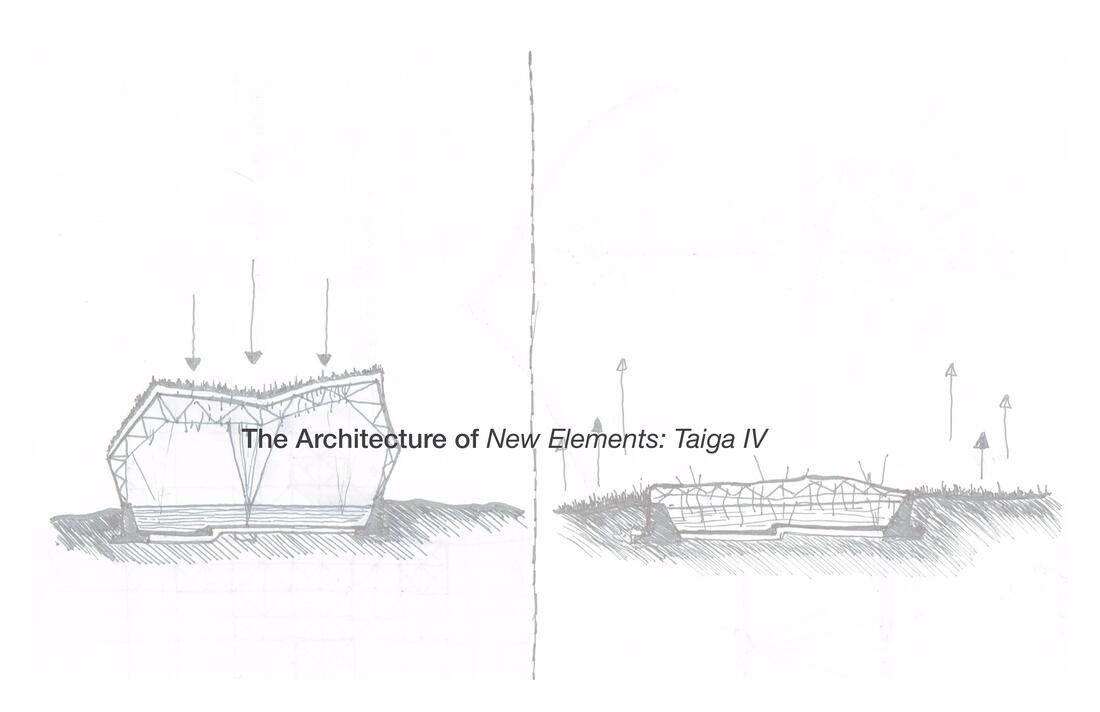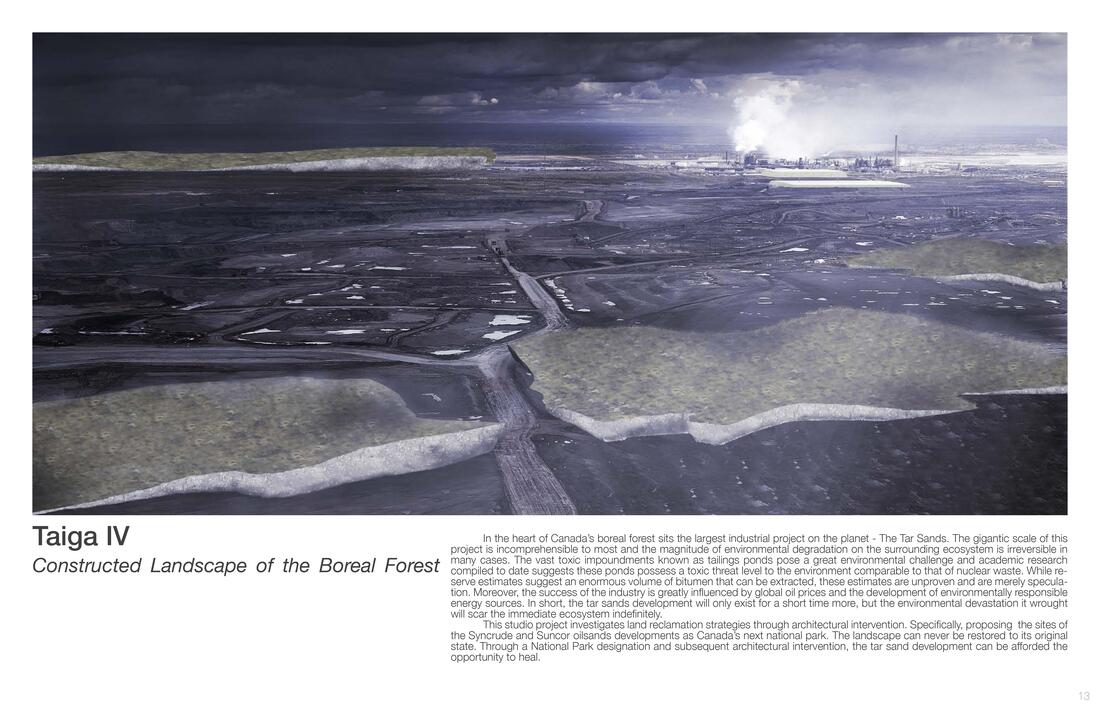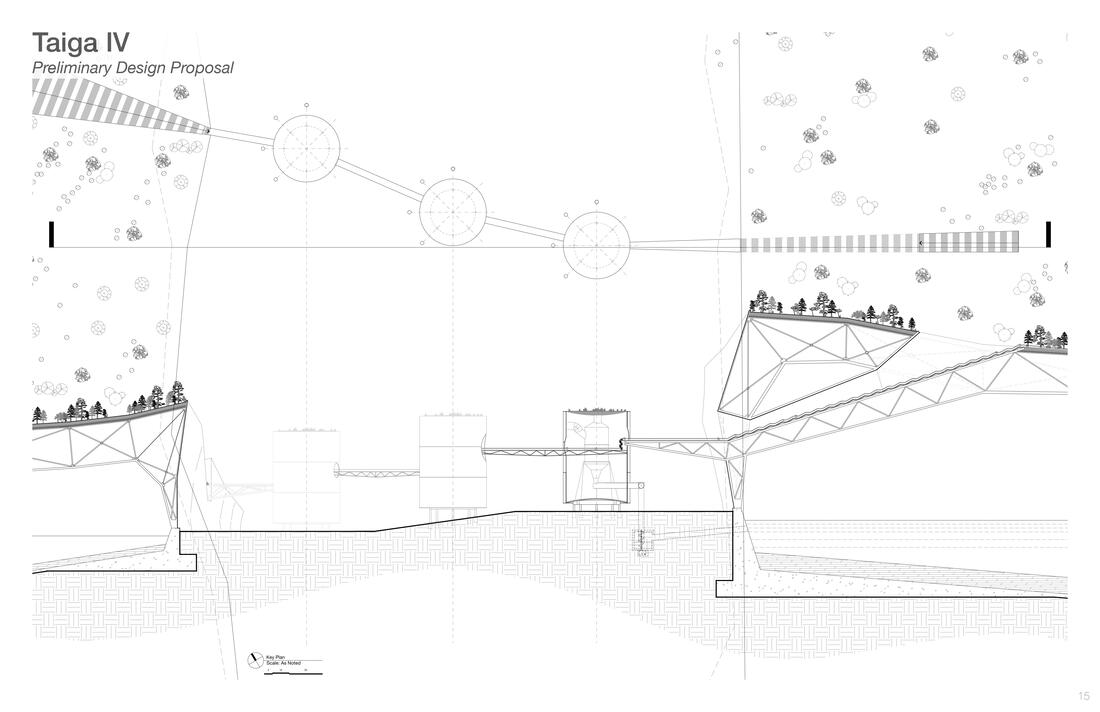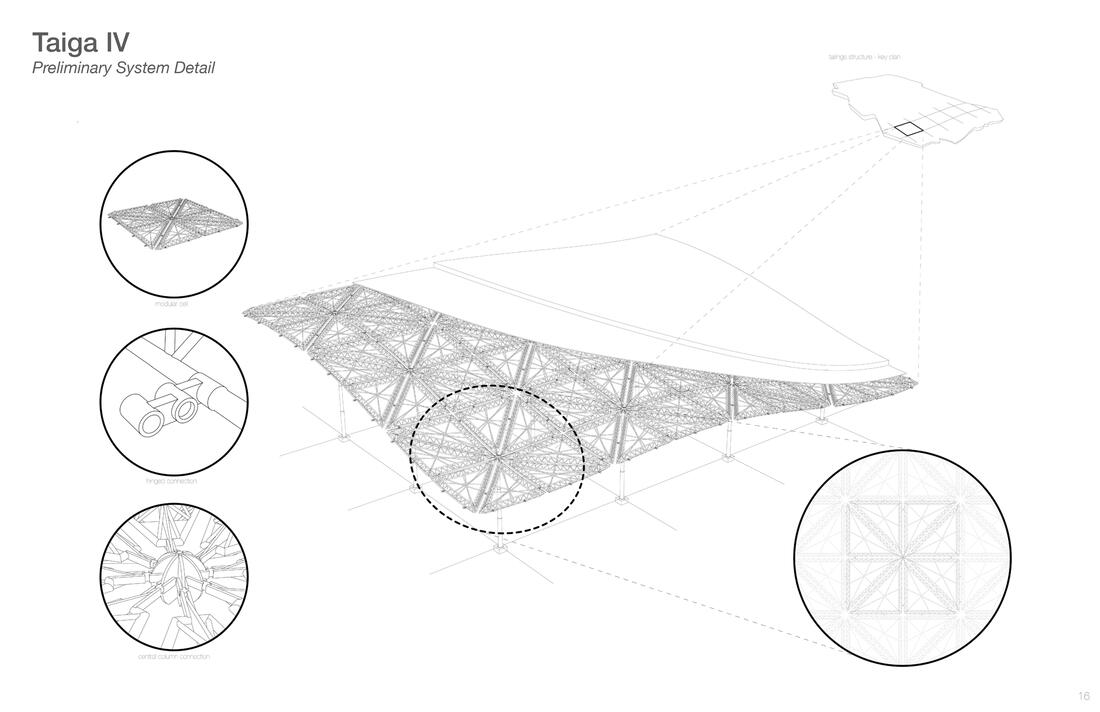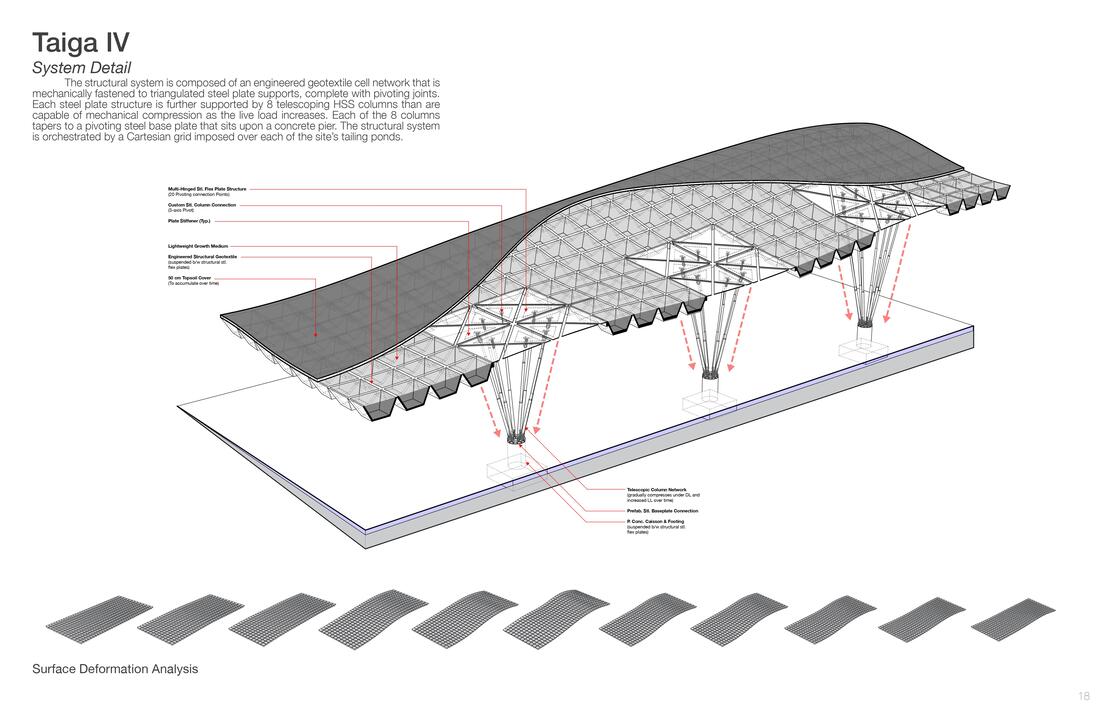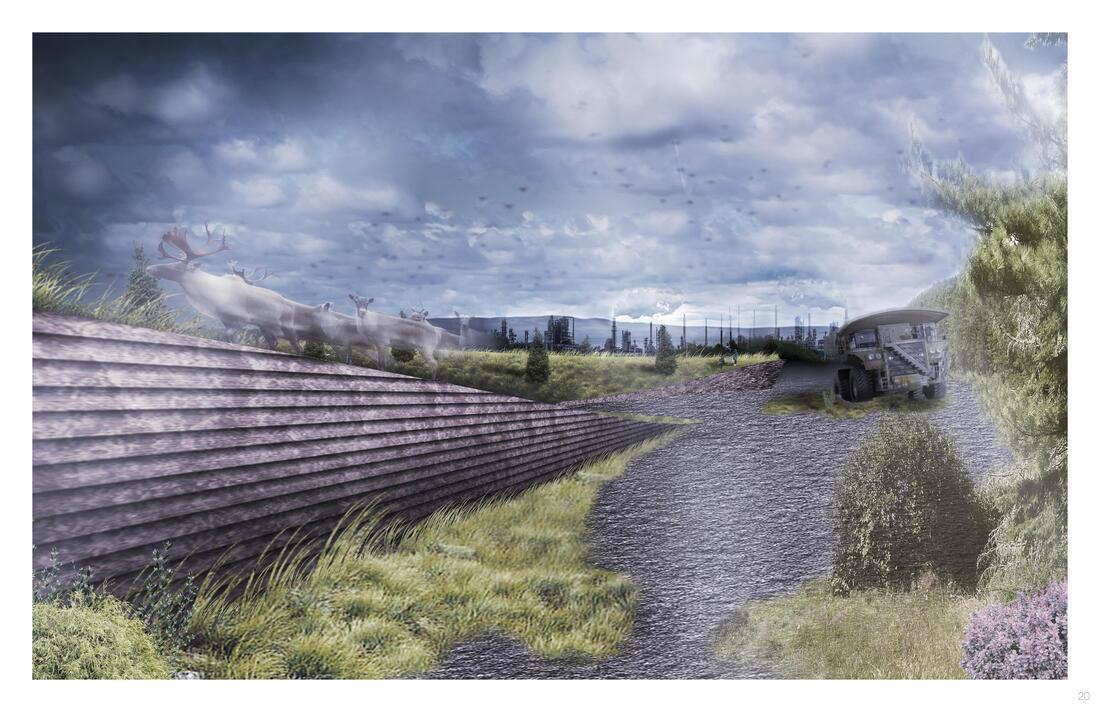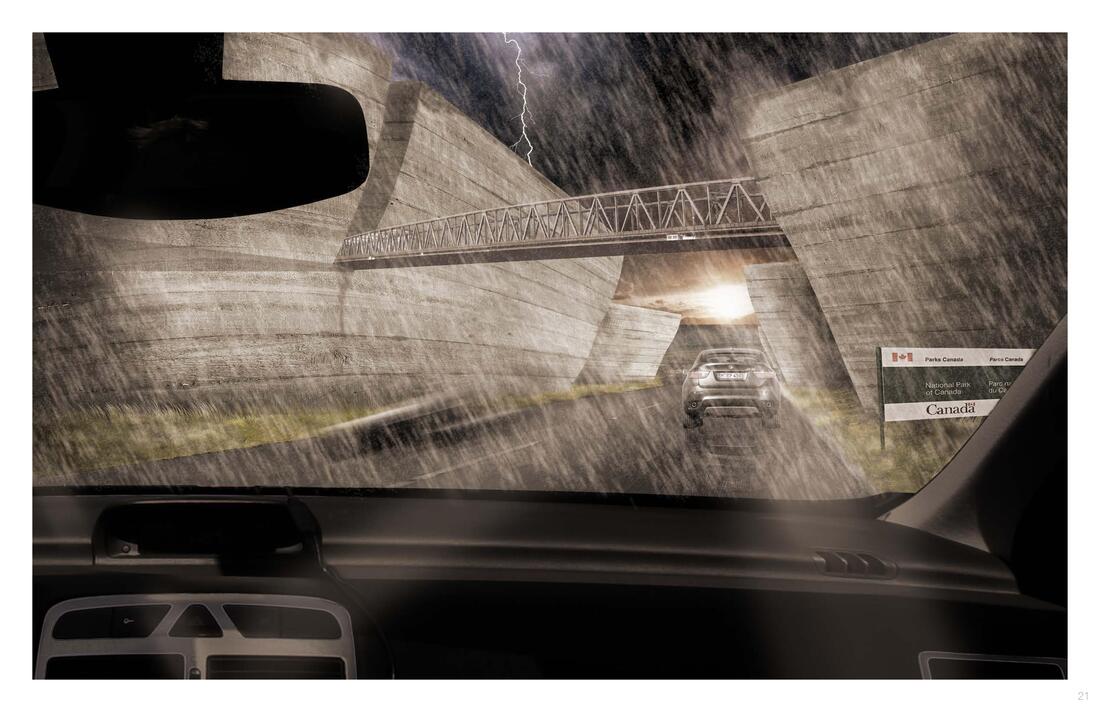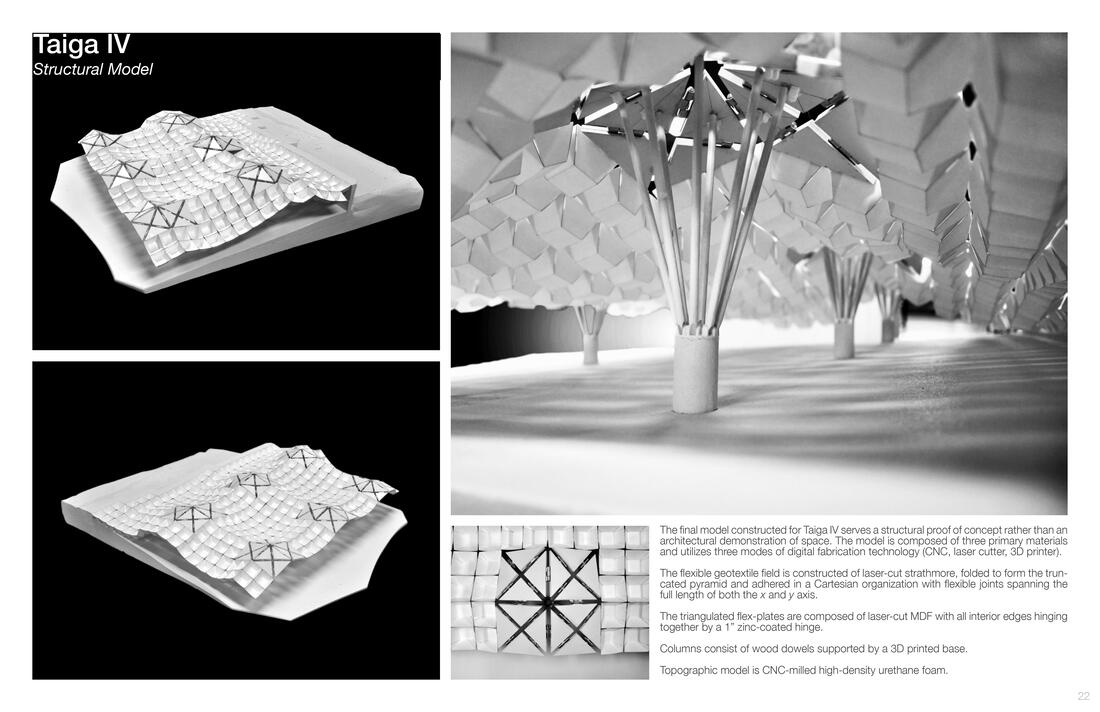|
A Certain Problem:
The boreal forest, also referred to as the Taiga, is the largest in-tact forest on the plant, covering much of the northern hemisphere. Biogeographers have classified three distinct sub-regions of the Taiga, but in recent times, a fourth is beginning to emerge. The Athabasca Tar Sands development is the largest industrial project on earth and is situated in the heart of Canada’s boreal forest. The environmental degradation and destruction this once pristine landscape has suffered at the hands of the behemoth that it is the oil sands development is arguably irreversible. The effects of surface mining, in-situ drilling, and processing bitumen have given rise to a landscape metabolized by human industry, with absolutely no identifiable trace of the natural state that once existed. Even more devastating are the tailings - a byproduct of bitumen processing - that are left to sit in unlined pond structures only to leach into the adjacent watershed and the Athabasca River, furthering the environmental devastation long after the bitumen reserves have been extracted. |
A Probable Solution:
Taiga IV is a multifaceted architectural/landscape intervention consisting of the entire Syncrude mine of the Athabasca Tar Sands development. The objective of Taiga IV is to heal the land of the atrocities it has suffered while consciously contributing to the collective memory of our nation’s relationship with the land - which as the tar sands have proven, is not always one of merit. These objectives are to be achieved with a two-pronged remedial strategy: First, the site is to receive an official Parks Canada designation, protecting it from further development and destruction but also ensuring the history of the site and the industrial events that have taken place do not fade from memory. Second, the construction of engineered landscape structures that will serve to contain the existing tailings ponds and actively remediate the land. The structural system proposed for the engineered landscape has been configured such that it can sink over time as it marks the land returning to health. The timescale of the proposal is one of hundreds, potentially thousands of years - one may in their lifetime, witness some change in the land. |
